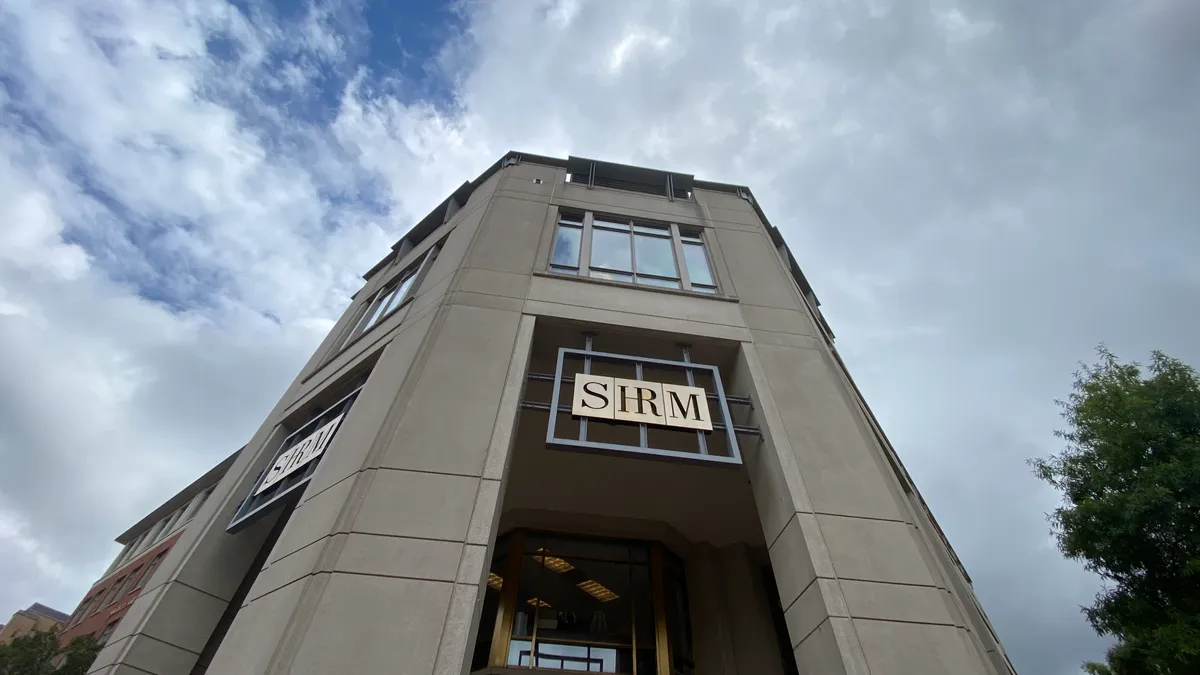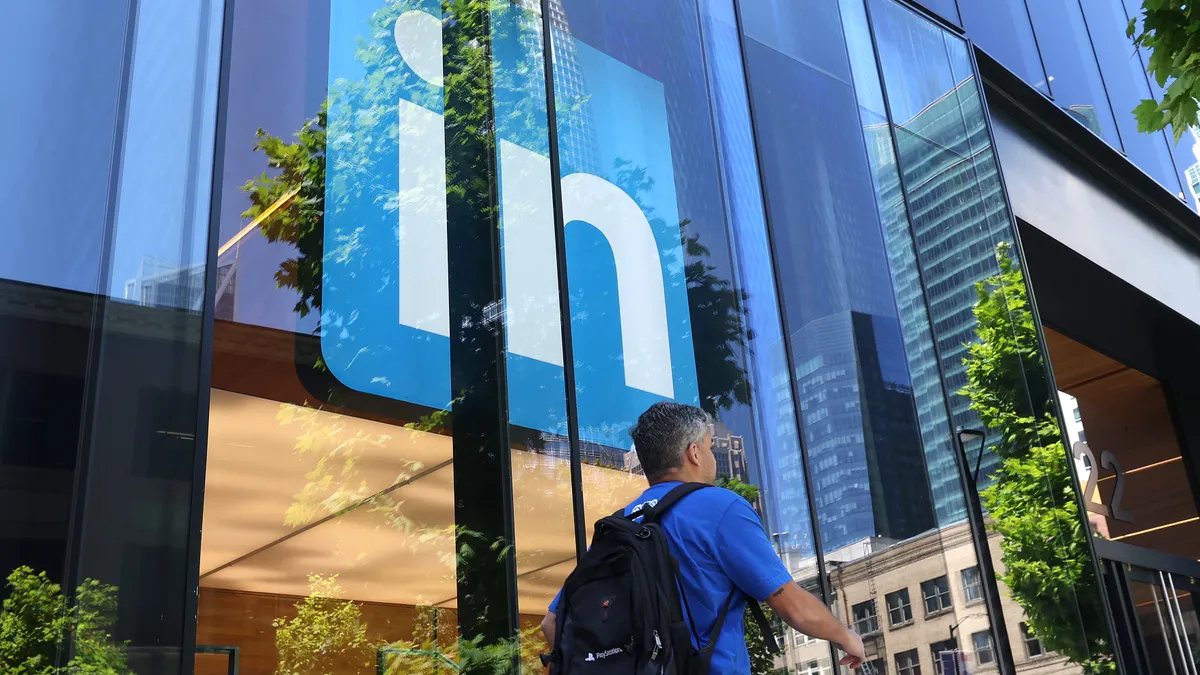With a massive annual HR Tech show launching this weekend in Las Vegas, it seemed a good time to check in with a quartet of experts for the hottest tech trends HR decision-makers will face as 2016 arrives.
We interviewed the experts for their take on what's trending:
- Stephen Joyce, principal, Business Transformation, The Hackett Group
- Anthony DiRomauldo, senior director, The Hackett Group
- Amit Jain, division vice president, strategy & business development, ADP Major Account Services
- Brad Mandacina, director of the HR Technology & Outsourcing practice at Lockton Companies
The top 10 (not in order of importance) are listed below.
Rethinking HR tech strategies
Until recently, many companies were operating with an HR technology strategy that had not been revised in five or ten years, according to Joyce. Part of the problem was that the ERP systems employers implemented took so much time and energy to put in place. “The boom in HR application vendors and the growth of software as a service (SaaS) is changing this,” Joyce says.
Software as a Service rising
Speaking of SaaS, DiRomauldo says his firm’s recent HR technology study found that in the next two years, the use of SaaS applications will double. SaaS, in fact, will very shortly be the predominant way that a wide array of HR applications, including payroll, benefits, recruiting, training and analytics, are delivered. “Hundreds of new service vendors are coming into the market, and this means more choices, greater variety, and products that are more specifically designed to address HR pain points,” he says.
Changing tech support models within HR organizations
In a related area, Joyce says the growth of SaaS is shifting responsibility for HR tech support away from IT. “There has always been a mix of people getting support from HRIS versus IT,” he says. But SaaS products are often not well supported by IT, so HR has to take that on to a greater extent.”
The Cloud remains in the forecast
That HR is moving to the cloud is hardly new, Mandacina says, but it’s still in its early adopter stage. Nearly every major HR software vendor is offering or making plans to offer its solution in the cloud. Cloud computing delivers increased flexibility, faster updates and innovation, and cost decreases. This is a real relief for HR managers who have to deal with the downtime and expense of upgrading a system every year or two, which will now be done automatically by the vendor. Core HR solutions on the cloud include ADP, Oracle, SAP, Workday, Ultimate Software and Infor, among others.
More integration, fewer ‘silos’ and risks
According to Jain, the Affordable Care Act has transformed what was once an annual enrollment event into a monthly process of tracking and reporting extensive data points for every employee in an applicable large-employer company. To comply with the law, various personnel in Tax, Finance, IT, Legal and HR who never had to share data may now need to partner to help ensure costly compliance penalties are avoided.
“Gathering the required data from multiple systems can present a challenge, so it will be become even more important for businesses to consider an integrated human capital management solution,” Jain says.
Lockton’s Mandacina adds that employers often still use separate benefits administration, payroll and HR systems and maybe another vendor for learning management or applicant tracking. Although going the “best of breed” route does have advantages and may be right for some organizations, there are some disadvantages, including more vendors to manage and difficult to impossible integration. “We are seeing more of our employer-clients choosing the ‘one throat to choke’ approach,” he says. “That being a move to a single vendor that can provide all areas of HR technology in one solution.”
Employee engagement and talent management software
Finding and keeping great talent has been a big concern for organizations over the last few years, Mandacina says. Employers also are turning to technology to help with workforce learning and development. Shifting workforces are causing companies to look for ways to engage very different
employee demographics. Technology can help. From stand-alone systems to integrated offerings, there are solutions available to meet every organization’s talent needs, Mandacina says.
Going mobile
According to DiRomauldo, mobile app use within HR is still in its infancy. But with more SaaS and cloud-based apps appearing, this is starting to change. Millennial employees have very high expectations in this area. “The growing use of mobile apps will significantly improve the use of self-service, easing the administrative burden on HR,” he says.
Mandacina adds that “digital natives” are the people applying for jobs and are doing so via mobile devices. To attract that talent, employers should be offering hiring and benefits information for mobile devices. Vendors are stepping up their mobile game as well -- user interfaces are much more attractive and ease-of-use is improving. “We are going to see more vendors taking their systems from just mobile versions of their system to mobile apps because apps tend to be easier to navigate, offer more functionality and are more aesthetically pleasing,” he says.
Joyce warns that mobile apps, despite their upside, pose significant data privacy issues, particularly outside of the U.S. In Germany, for example, local laws can put serious constraints on the use mobile apps for employee data.
Master data management arrives
According to Joyce, there will be a significant tech trend towards a greater focus on master data management. There’s been tremendous growth in the use of analytics over the past five years, but master data management solutions weren’t there. That is definitely changing, he explains. And as companies become aware of the power of analytics, they understand the need for data standardization. “You can’t roll up data and do analytics if everyone is doing things differently,” he says.
Increased need for data analytics tools
Speaking of analytics, Jain says the ability to collect, process and analyze “big data” is becoming a crucial factor in identifying and managing the business lifecycle challenges. Companies who are looking for a competitive edge increasingly need to use analytics to gain data-driven insights into workforce trends, and take action to refine recruitment, compensation and other performance incentives to meet employees’ evolving goals and interests.
Mandacina adds that data can now be pulled from an organization’s HR tech systems, and predictive algorithms are applied and used to make decisions for a hiring and managing the workforce. This could help increase productivity and decrease turnover – big wins.
More Millennials
While much has been made of the “silver tsunami” of retiring Baby Boomers, on the other end of the spectrum is the growth of the Millennial workforce, Jain says. By 2020, Millennials will account for nearly half the global workforce. In some companies, they already constitute a majority. As a tech trend, organizations that want to attract and retain fresh talent will need to recruit this cohort of “digital natives” and ensure that their journey through hiring and onboarding is supported through efficient mobile and social platforms.





















